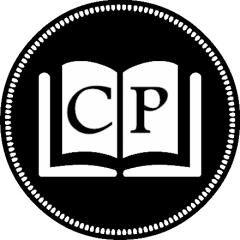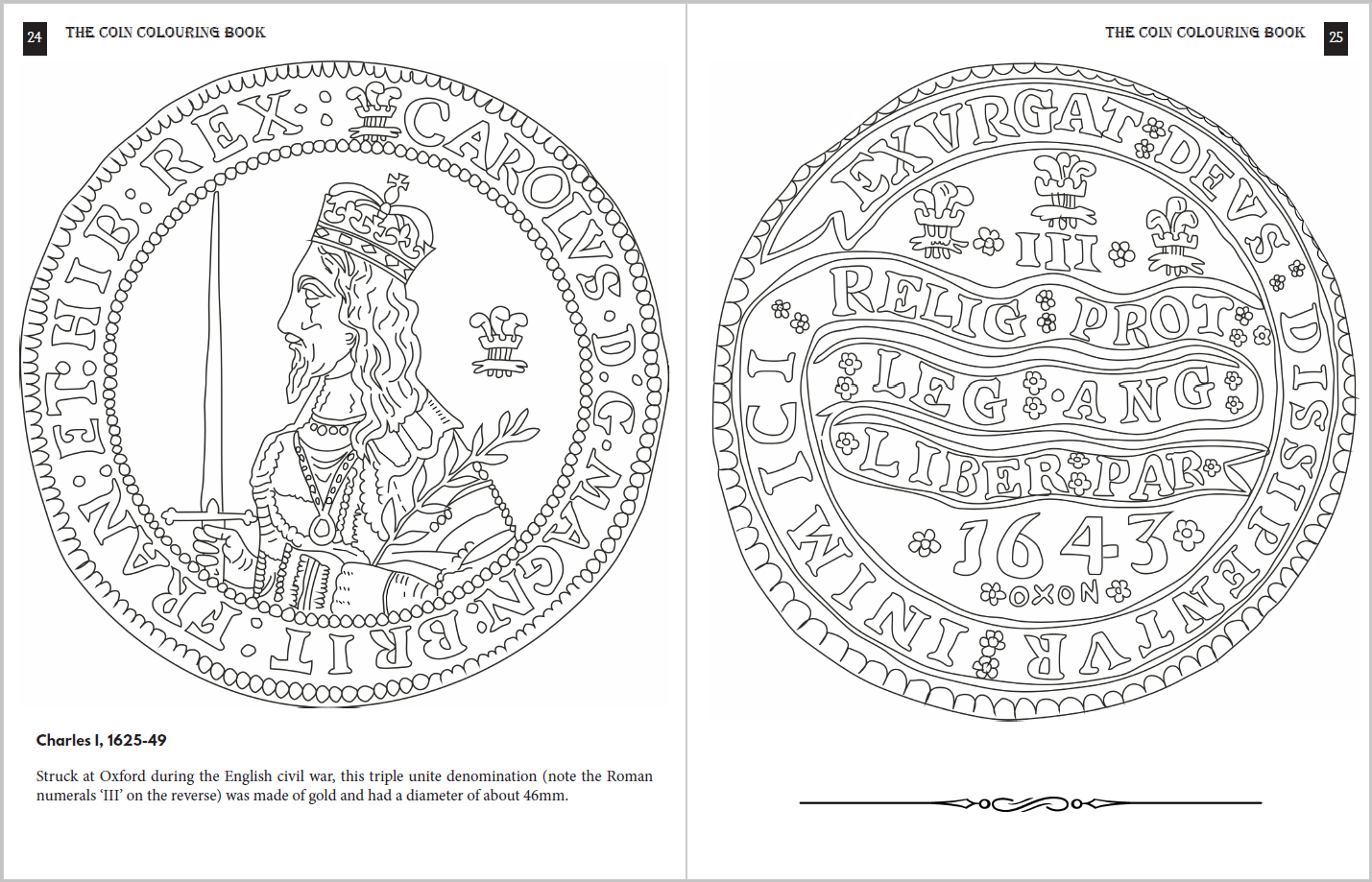-
Posts
5,588 -
Joined
-
Last visited
-
Days Won
28
Content Type
Profiles
Forums
Events
Downloads
Store
Gallery
Articles
Everything posted by Chris Perkins
-
Whooa there Aidan! The top coin and the '1/3 Guinea' are clearly forgeries, the colour is wrong and they are crude in comparison to the real thing! I have a couple of third Guinea forgeries in my forgery collection....And the half sov is simply awful. These are base metal coins coloured gold, and are almost worthless. The widow head coin appears to be a real sovereign.
-

Collectors' Coins Great Britain 2006 Edition
Chris Perkins replied to Emperor Oli's topic in Rotographic Publications Forum
Ok, could you send me one? I'll PM address. -

Collectors' Coins Great Britain 2006 Edition
Chris Perkins replied to Emperor Oli's topic in Rotographic Publications Forum
Email me the link, I'd like to see it. -

England's Striking History printed and ready
Chris Perkins replied to Chris Perkins's topic in Rotographic Publications Forum
Yes, you could do. In fact, if every regular on the forum pesters Smiths for all of the books in print, Which are: 0948964-79-0 Collectors Coins GB 2006 (33rd ed) 0948964-71-5 Roman Silver Coins - A Price guide (2nd ed) 0948964-58-8 Collectors Bank Notes 2006 (14th ed) 0948964-75-8 British and Irish Campaign Medals (1st ed) 0948964-47-2 Roman Base Metal Coins - A Price Guide (3rd ed) 0948964-85-5 England's Striking History (1st Edition) And then, if they call to say they have it for you, simply say you found it elsewhere. -
The 13th is out of print, but the 14th (2005) edition is available. It's £4.95 plus postage, which will be £4.00 to Australia. PM me, I assume you use paypal?
-
They arrived at the warehouse last week, but I only got to see one today! The handsome "England's Striking History" is now ready in printed form. The RRP is £7.95, but forum members can have one for £6.95 plus £1.00 postage (UK). More info is here: http://www.rotographic.com/hammered_silver_coins.htm 148 pages and a quarter of a kilogramme in weight. It's all you need to sound like you know about history at the next dinner party! It's the thickest Rotographic book ever (apart from those wierd books on At Hlan, who came from outer space to visit Roger and tell us through Roger's vocal chords about the future...But that was not soley Rotographic, and, well, it was quite barmy)
-

Britannia Moneta Token?
Chris Perkins replied to Hussulo's topic in British Coin Related Discussions & Enquiries
You do have a habit of, in the words of Basil Faulty - stating the bleedin' obvious don't you Aidan. I know that Llantrisant was opened in 1968 because of the volume of coins needed for decimalisation. I don't think you could call a project of that size a branch mint even if the London mint did continue striking sovereigns into the mid 70's. (And while I'm having a little moan, next time start 1 thread and list your conder token types, you don't need one for each coin) -
Strictly speaking, I thought none of them were allowed to, except the BofE of course. The Scottish and Northern Irish banks have to hold enough BofE notes to cover the value of their own notes in circulation. I dare say that if a Welsh bank wanted to do the same there would probably be no problem with that. Perhaps there simply aren't any major 100% Welsh banks that would benefit or have the means to issue thousands of spendable adverts.
-
They're listed by denomination, as most people will find that easier on the brain, even if it isn't strictly right. Replacement prefixes are in, so are Specimens. There are instructions on Op Bernhard. And the Dardanelles notes are listed too (I even had one to provide the picture). You clearly don't have a copy Aidan.
-
Only BofE and treasury.
-

Merthyr Tydvil 1811 silver 1/- token.
Chris Perkins replied to a topic in British Coin Related Discussions & Enquiries
I don't think you can call it a mule as such, because after the useful period for conder tokens I think quite a few were made especially for collectors and no doubt using different obv/rev combinations. -

Collectors' Coins Great Britain 2006 Edition
Chris Perkins replied to Emperor Oli's topic in Rotographic Publications Forum
No, I certainly don't have the time, resources or ability to make a real 'bible' type coin book. Re-printing one or more of the existing well known reference books, perhaps with a few additions is something I wouldn't rule out. -

Collectors' Coins Great Britain 2006 Edition
Chris Perkins replied to Emperor Oli's topic in Rotographic Publications Forum
Found it! The reverses refered to were Peck reverses. I've gone through and carefully converted everything to Freeman spec in the 2007 edition. The book is evolving each year.......... -

Merthyr Tydvil 1811 silver 1/- token.
Chris Perkins replied to a topic in British Coin Related Discussions & Enquiries
Reply from Dr Sriro, Conder token expert: Morning Chris. The fellow has a silver or silver plated Bank Token. These were issued after the Conder token period, and therefore there is nothing more I can add. There is or was a book on these 1811 - 1814 bank tokens up on eBay, but I can't find it now. (so it would appear to be something struck at a later date using the obverse of one and the reverse of another) -

Collectors' Coins Great Britain 2006 Edition
Chris Perkins replied to Emperor Oli's topic in Rotographic Publications Forum
I've sorted out the brass Threepence problems. I seem to remember seeing an older edition with a cross referece chart for the rev letters in the book compared to the Freeman letters. I'll see if I can find that and include it again, or change it completely. -
We get a lot of spam in here you know. The spammers probably aren't clever enough to pose as a coin person, but you never know.
-
Why use a different name to post this message? If you don't register to demonstrate that you don't simply want to promote your website, this message will be deleted.
-
I've checked it, it appears to be genuine.
-
I think it's quite funny that you can make the word SCROTUM quite easily out of SCOTORUM. No offence to those lovely Scotts people. (I think I'll split this topic as there now seems to be 2 discussions)
-
Yes, despite the daily spam attacks I have kept the ability for non members to post things! I think this is a very important feature. When I was putting the new gold section together recently, I colaborated with a gold coin expert who sells gold coins every day. He also said that when Spink say 'extremely rare' it can often just mean the coin is scarce (or rare) and that they haven't seen one for a while (a lot of the ER rating look to have been taken from Peck). He then gave me lots of current gold coin values for coins which are 'extremely rare' in Spink. Spink are like a coin jack of all trades, they can't possibly know every area inside out....In fact, last I heard their modern milled position was vacant. Now what you need to do is verify that your coin really is the thin flan type (personally I'm always very doubtful). In Peck it states that all the halfpennies vary in size from 27.5 - 30mm and that the thickness varies between 1.5 - 1.75mm. I suspect larger coins are also thinner, as they all contain about the same amount of metal. BMC804 is the number given to the thin 1723 halfpenny in Peck, and it states 'Very thin'. It says that a coin of 4.67g (72.1 grains) would appear to be a genuine thin one....Without wear of course.
-
Yes, I am aware of it and have to delete/control it every day! In some areas I have banned code from being posted, which helps. In another area I have to check every post before making it visible to the others. Every new member has their email and IP address checked to make sure they are not from a major spamming country (which include China and Russia as the main culprits). But, when I'm in bed, there's no stopping non members posting spam in other areas. Without making the forum a strictly member only place, there's not much I can do except delete it periodically and ban the IP address range that posted it.
-

Merthyr Tydvil 1811 silver 1/- token.
Chris Perkins replied to a topic in British Coin Related Discussions & Enquiries
The reverse with 5TH SEP 1811 and WALES AND BRISTOL as you describe, is only listed with the building type, as number D5 or D6 under MERTHYR (Glamorganshire) in Daltons 'The silver Token Coinage 1811-12'. Under Bristol the Prince of Wales obverse occurs on number D37. So, you've got one with a Britsol listed Prince of Wales plume side, and a Glamorganshire listed text side.....Which doesn't mean it's rare, I'm sure they swapped dies around just for the sake of it, and as Dalton was originally written in 1922, there may well have been new discoveries since. PM me and I'll email you the email address of Dr Sriro, Conder expert. -
I've also got all the predecimal figures in 'Collector's Coins GB' which is available as a new book and has valuations too. Postage is GBP3.50 to the USA and the book is GBP4.95.

